More than 11,000 customers have signed up to reduce load to help ease pressure from the risk of increasing power shortages.
Load Regulation (DR) is one of the programs to encourage customers to proactively reduce their electricity demand, limit peak hours, and switch to off-peak hours. Previously, load reduction was mostly applied by businesses in the North. However, this year, when the electricity supply is at risk of widespread shortages during the dry season, power companies in the South have simultaneously called on large businesses and industrial production to participate.
Paying electricity bills of up to VND50 billion per month, Mr. Nguyen Ngoc Tuan, Deputy General Director of Texhong Nhon Trach Textile Joint Stock Company - the largest fiber manufacturing enterprise in Dong Nai , is quite worried if there is a shortage of electricity supply. Therefore, when the power companies proposed solutions to adjust the load, the company immediately applied them.
Specifically, the company allocates production machines according to reasonable time with 3 different time points: peak, off-peak and normal. During peak hours such as noon, the company will reduce production, and during off-peak hours such as evening or night after 10pm, it can run at "full load". In addition, the company also installs frequency converters, energy-saving motors, low-power LED lights or trains workers to save electricity.
"Thanks to applying these solutions, we save billions of dong on electricity bills every month," said Mr. Tuan.
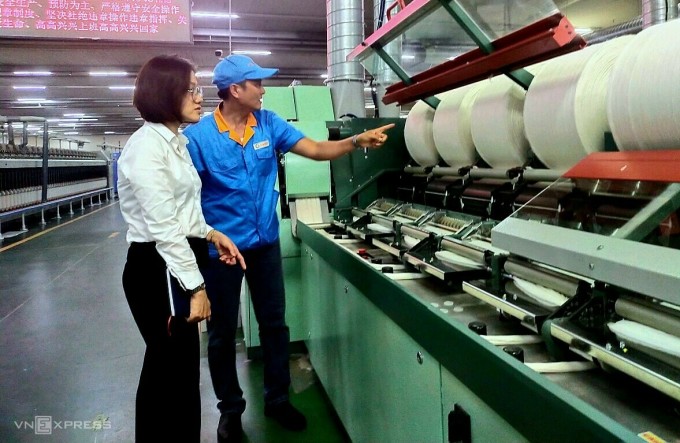
Yarn production workshop of Texhong Nhon Trach Textile Joint Stock Company. Photo: Xuan An
Similarly, with an average monthly consumption of over 17 million kWh - Changshin Vietnam Company said that since May, it has rearranged its production plan to both meet customer requirements and ensure load reduction according to the requirements of the electricity industry.
"We have developed a production adjustment scenario for each department, in which many daytime production activities are increased at night," said a representative of the above enterprise.
In addition, the company also runs a 1MW generator during peak hours to ensure safe and stable electricity supply.
The company representative also said that since 2009, the company has had many energy saving projects such as using LED lights, insulating Phylon presses, replacing high-efficiency motors, and investing in energy management systems, so the company saves 2.5% of its electricity consumption each year. In 5 years, the company has saved over 22 million kWh.
With the active participation of large enterprises and organizations, a recent report from EVN shows that more than 11,000 customers have signed agreements to participate in the DR program. In the past 4 days, following the dispatch order to ensure safe operation requirements, on average, units have carried out 80-90 DR events per day with about 2,500 customers participating and peak capacity reduced by more than 400 MW.
In the South, EVN SPC leaders said that 6,521 customers with an annual electricity consumption of 1 million kWh have registered to participate in the program. Many customers voluntarily reduced their electricity consumption between 1pm and 4pm.
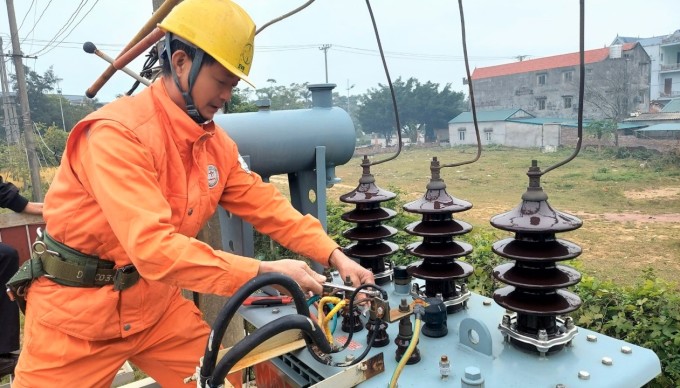
Mong Cai City cuts power to connect the 110kV Mong Cai - Dong Hung line. Photo: Mong Cai Electricity.
Deputy Minister of Industry and Trade Dang Hoang An said that in the current context of difficult electricity supply, using electricity economically and efficiently is considered one of the urgent solutions.
EVN also requested localities to save 10% of electricity in the headquarters of administrative agencies; headquarters of electricity units to reduce 15% of electricity consumption; reduce local lighting capacity by 50% compared to the same period last year... In 4 days of implementing these solutions, on average, 5.9 million kWh of electricity was saved each day.
"This is a valuable figure in a difficult time to ensure electricity supply. We call on businesses, people and the electricity industry to save money to ensure electricity supply in the coming time," said the Deputy General Director of EVN.
In addition to saving electricity, the group is implementing a series of solutions to optimally mobilize existing power sources. Among them, it is negotiating with the Vietnam Oil and Gas Group (PVN) and the Vietnam National Coal and Mineral Industries Group (TKV) to increase the supply of coal and gas.
EVN is also negotiating and signing power purchase contracts with Thai Binh 2 Thermal Power Plant, Song Lo 7 Hydropower Plant, Nam Cum 3 Hydropower Plant, and Van Phong 1 BOT Power Plant to supplement power sources for the system. In addition, high-cost oil-fired power sources in the South are also being mobilized.
In a report sent to the Government on May 21, EVN said it had increased electricity production from coal, oil and imports, and minimized the mobilization of hydropower to maintain water levels in hydropower reservoirs. This is to maintain and gradually raise water levels in large reservoirs in the North.
This unit is also making efforts to supplement new power sources, including sources from 15 transitional renewable power projects with provisional prices and a capacity of 1,150 MW. Electricity will be purchased from China in May, June and July with a capacity of 70 MW; electricity will be imported from Laos through the Nam Kong and Nam San hydropower plants, which were energized from May 22.
According to EVN, currently 13/47 hydropower reservoirs under EVN and those of investors outside EVN have reached or are below the dead water level (total capacity of about 4,500 MW). These include large hydropower reservoirs of EVN such as: Lai Chau, Tri An, Italy, Ban Chat, Huoi Quang, Trung Son, Buon Kuop, Buon Tua Srah, Srepok 3, Song Ba Ha.
The remaining output in the entire system's reservoir is 4.5 billion kWh, 1.6 billion kWh lower than planned, 4.1 billion kWh lower than the same period in 2022.
Thi Ha - Anh Minh
Source link



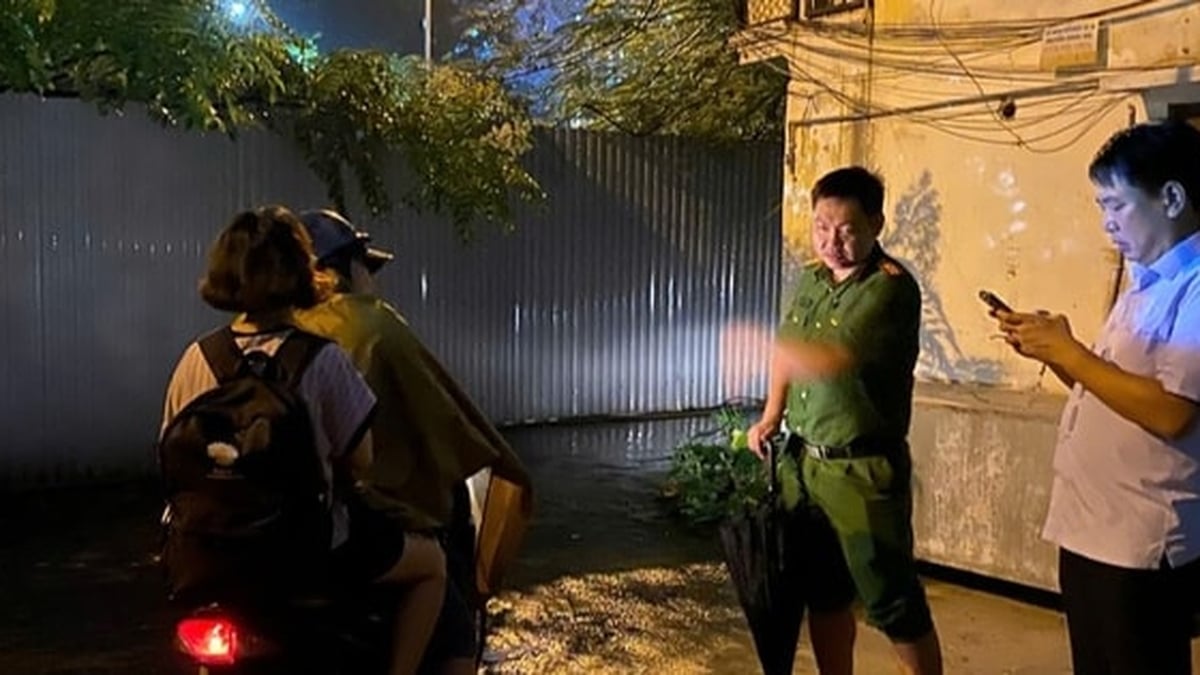
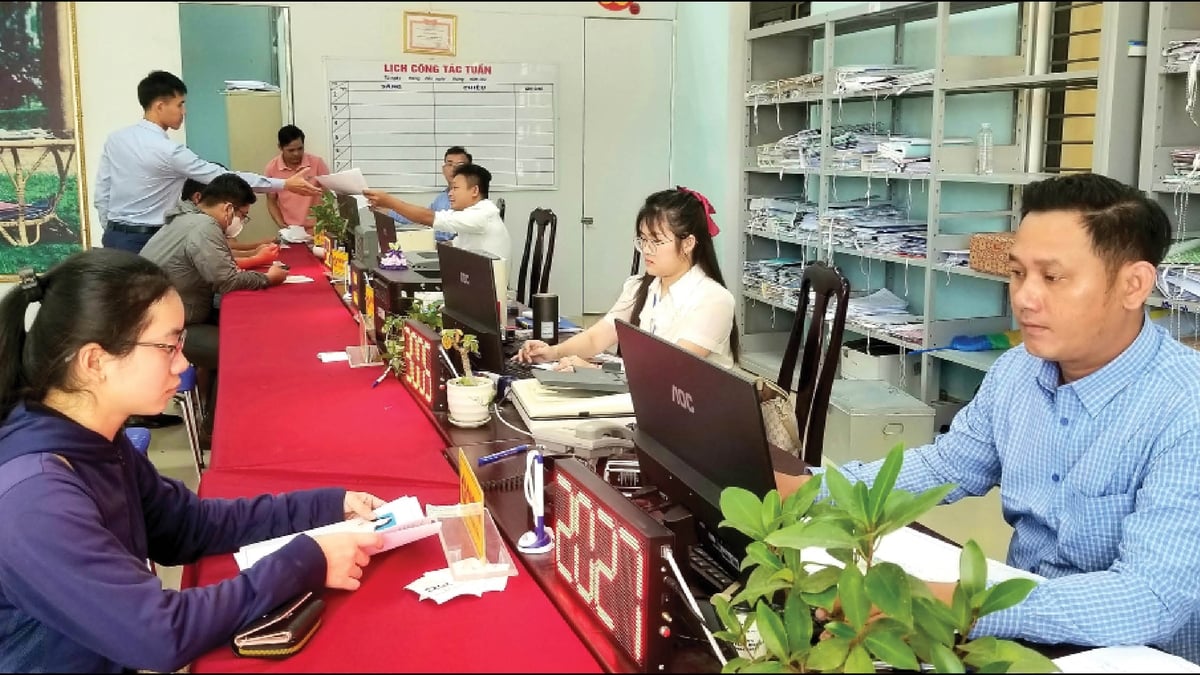

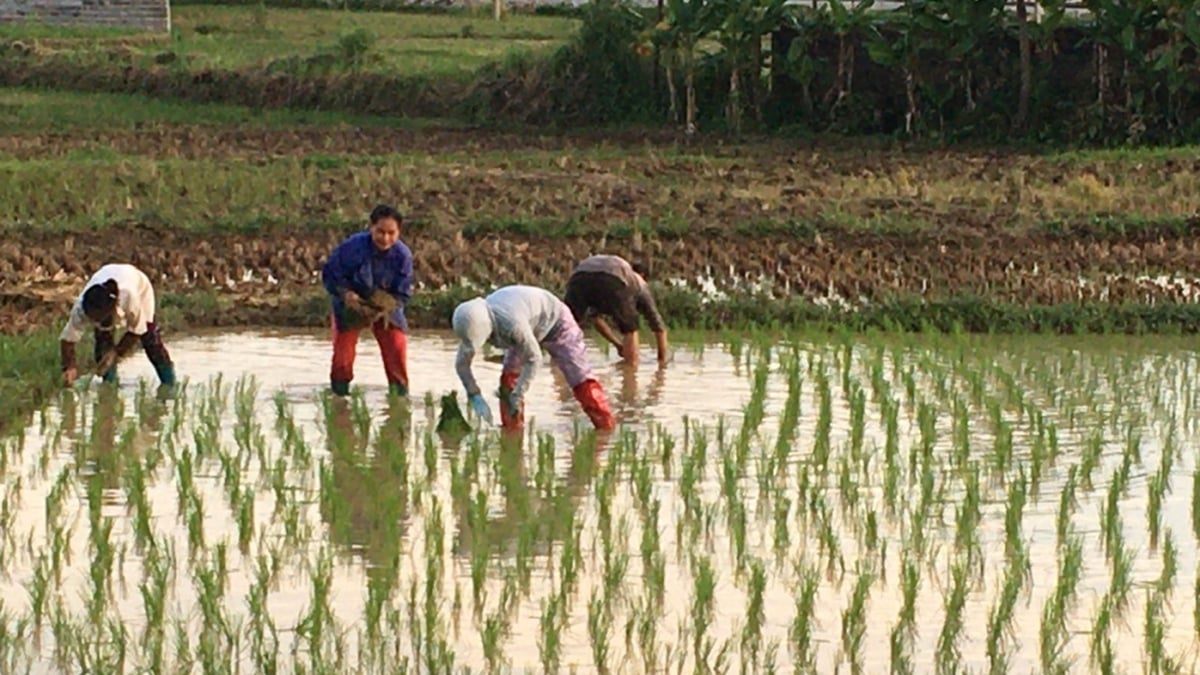



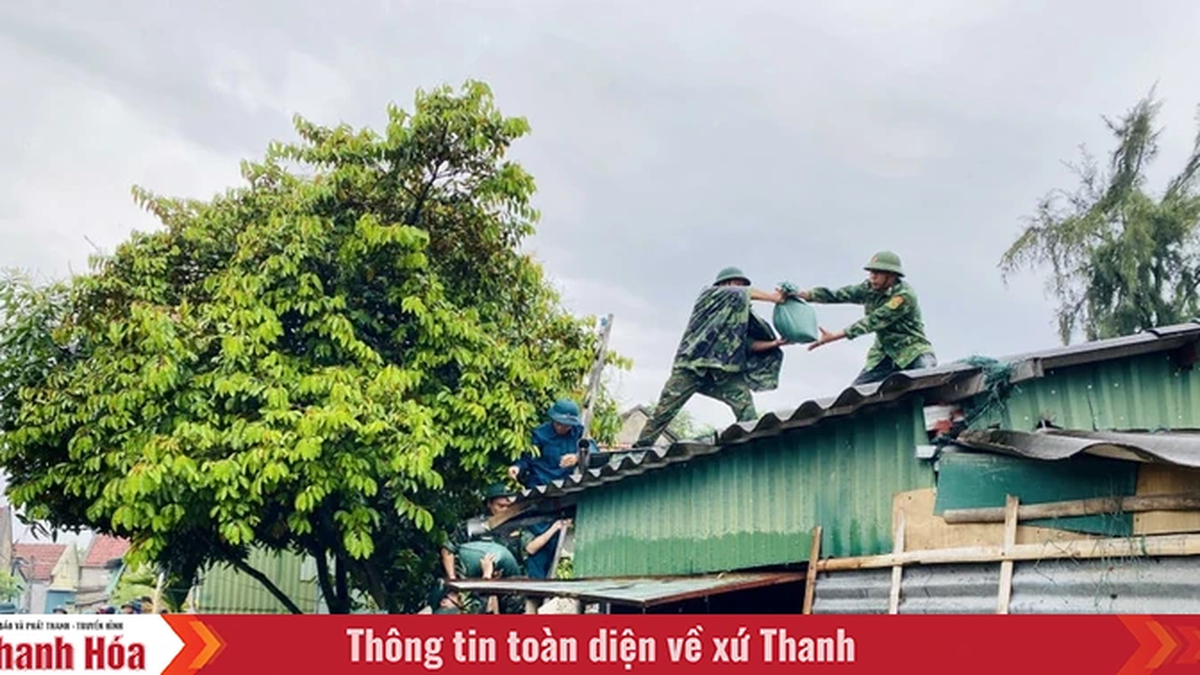

















![[Photo] National Assembly Chairman Tran Thanh Man visits Vietnamese Heroic Mother Ta Thi Tran](https://vphoto.vietnam.vn/thumb/1200x675/vietnam/resource/IMAGE/2025/7/20/765c0bd057dd44ad83ab89fe0255b783)









































































Comment (0)